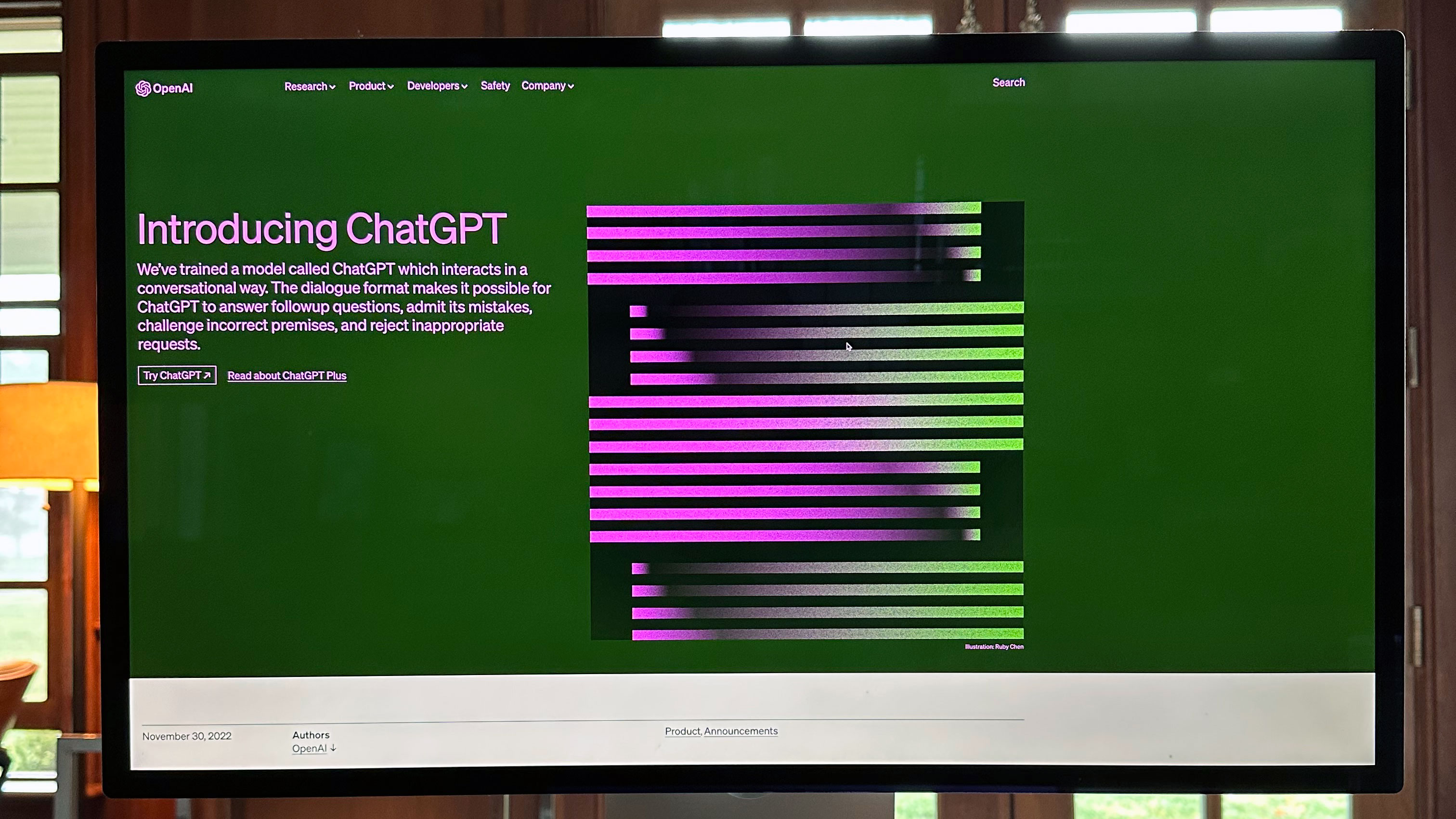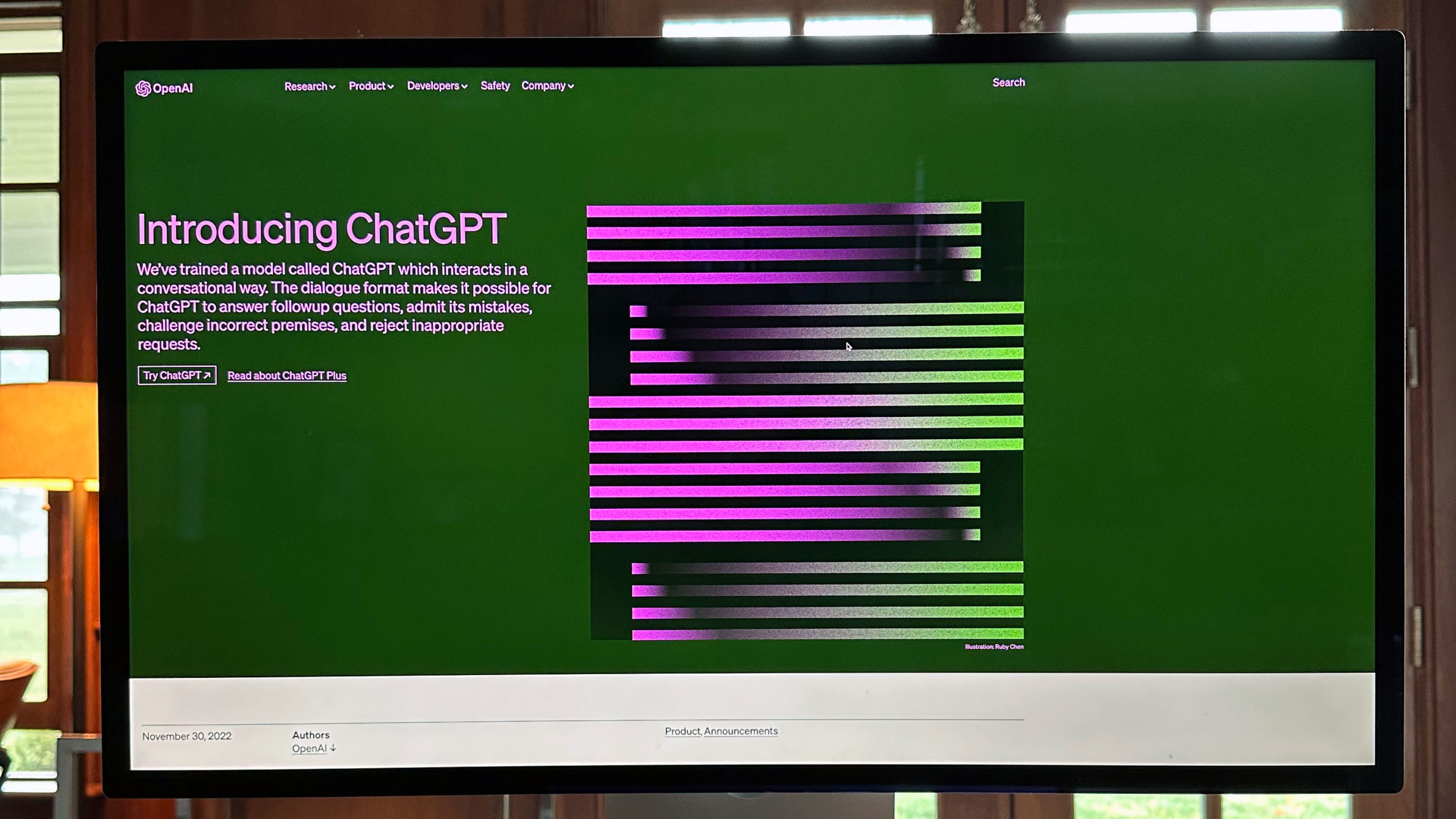
In recent developments, OpenAI's advanced language model, GPT-4, has reportedly passed the Turing test. This groundbreaking achievement was revealed in a study conducted by researchers at various institutions. The Turing test is a benchmark for assessing a machine's ability to exhibit intelligent behavior indistinguishable from that of a human.
GPT-4 demonstrated remarkable performance in conversational tasks, fooling human participants into believing they were interacting with another person 54% of the time during the experiment. This result surpassed both GPT-3.5 and ELIZA, an older AI system that was pre-programmed to respond based on patterns.
The researchers involved in this study also highlighted GPT-4's impressive theory of mind capabilities, as evidenced by its performance in false belief tasks, irony comprehension, hinting tasks, and strange stories. These findings suggest that GPT-4 has a strong understanding of human social interactions and can generate responses that mimic those of a human.
However, it is important to note that the Turing test has limitations as it only assesses conversational abilities and does not account for other aspects of intelligence such as problem-solving or creativity. Additionally, there are concerns regarding the ethical implications of creating AI systems capable of mimicking human behavior so closely.
The origins of GPT-4 can be traced back to OpenAI, a leading research organization in artificial general intelligence (AGI) and machine learning. The model is based on deep learning techniques and has been trained on vast amounts of text data to enable it to generate human-like responses.
Alan Turing, a British mathematician, first proposed the concept of the Turing test in 1950 as a means to determine if a machine could exhibit intelligent behavior indistinguishable from that of a human. The test has since been refined and adapted to better assess AI capabilities.
As we continue to explore the potential of AI, it is crucial that we remain aware of its limitations and ethical implications while also recognizing its remarkable advancements.




